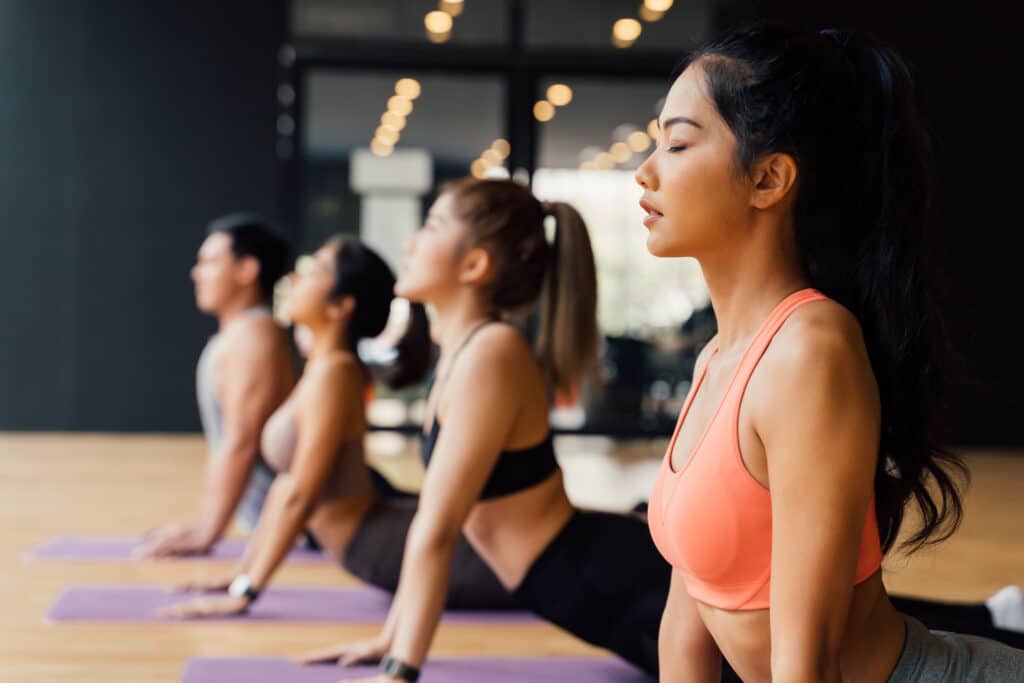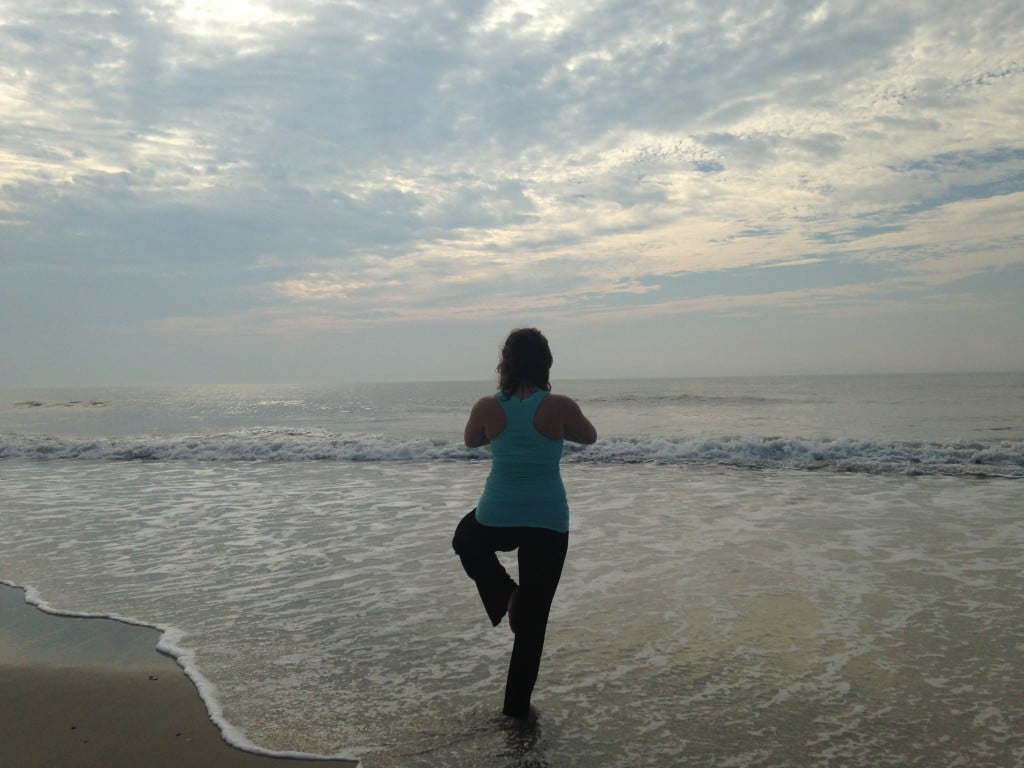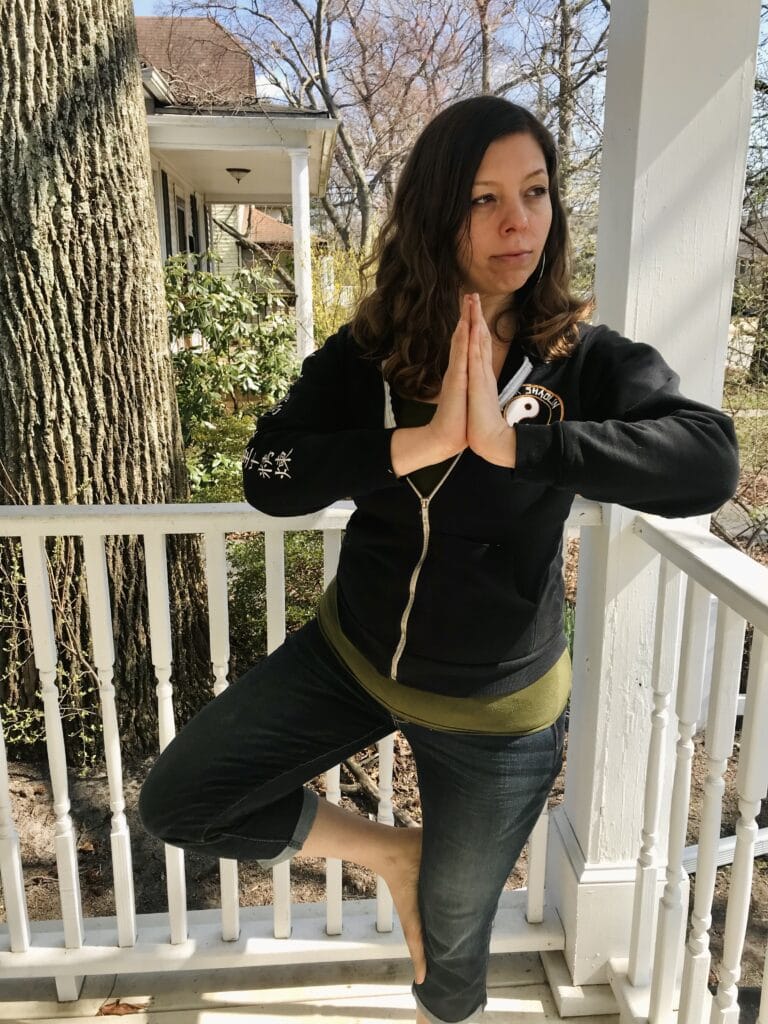
The popularity of Chinese yoga is so high that it has taken off worldwide. Today, you can pay daily or monthly fees to participate in classes. You can also buy designer clothes and water bottles to go with your newfound practice. If you want to learn more about Chinese yoga, continue reading. You’ll be able to distinguish between Qi gong and Yin yoga. We’ll also discuss Paulie Zink’s practice and the origins of the style.
Yin Yoga

Yin Yoga is a slow, meditative form of yoga that focuses on the connective tissues. Its roots can be traced back to Taoist Yoga and Hatha Yoga. Yin Yoga originated from the need to prepare the body for lengthy periods of seated meditation, which requires open hips. Its slow and deliberate movements allow the body to stretch rarely-used tissues. During practice, yin yoga poses are held for up to 5 minutes.
Yin yoga exercises target the body’s connective tissues, or meridians, which resemble the Nadis of traditional yoga philosophy. A Japanese scientist named Hiroshi Motoyama found that the pathways of the meridians in TCM corresponded to the physical structure of hyaluronic acid. Hyaluronic acid, or “hyaluronic acid,” is produced by the body when it holds a position for longer than two minutes. This results in a boost of hyaluronic acid and increased pranic energy.
While yin yoga can seem passive, it benefits many people. It encourages the body to slow down and relax while working to relieve stress and tension. Pregnant women, people with chronic illnesses, and those recovering from an injury can all benefit from yin yoga. Before beginning a practice, consult with your doctor to see if it’s safe for you to practice. You’ll be pleasantly surprised at how relaxing and rejuvenating it can be.
Yin Yoga targets the six lower meridians. Each one corresponds to a specific organ. Different yin yoga postures target different meridians. In addition, each pose targets a specific organ or meridians. Generally, there are six meridians in the lower body and six meridians in the upper body. Yin yoga is an essential part of practicing meditation. There are many different types of yin yoga postures, including chair poses.
The practice is originally known as Taoist Yoga. Its popularity quickly spread to the West and is now gaining more recognition. Today, yin yoga is a popular form of yoga, and is increasingly popular among westerners. Despite its slow, contemplative approach, it has become the latest craze in western yoga. And it’s not only popular with yogis, but also with martial artists.
Is Yoga a Chinese Practice?

Some observers have questioned the commercialization of yoga, and are unsure whether it is safe in China. While the physical elements are unlikely to raise eyebrows in Beijing, the spiritual aspects might. For now, it seems safe to practice yoga in China if the primary goals are to relieve stress and cultivate fitness and beauty. A recent study published in Women and Violence – A Global History of Yoga in China found that yoga is a growing trend in modern China.
One aspect of Chinese yoga involves breathing control. Breathing correctly is essential to maintain a healthy, balanced state of mind and body. By promoting proper flow of energy throughout the body, controlled breathing helps the body heal itself. Certain breathing exercises are used during the meditation process. Xue Lirong combines acupuncture with yoga in her daily life. She hopes to become more flexible and healthy. In Chinese medicine, breathing exercises are a crucial part of the healing process.
According to one study, about 10 million Chinese practice yoga on a regular basis, and more than 16 million people worldwide practice it regularly. The practice first made its way to China in the late 1970s and was introduced by Zhang Huilan, a well-known yoga teacher who was known in the West as Wai Lana. His television show, “Yoga,” aired on China’s dominant media, CCTV, from 1985 to 2000. It was one of the longest-running television shows in Chinese history and Zhang Huilan was also awarded a Padma Shri Award for his efforts.
Qi gong
If you’ve ever wanted to try a deep stretching workout, Qi Gong is the perfect fit. The practice of qigong is not only gentle on the body, but it also releases tension in muscles. Qi Gong is a wonderful all-around workout that works the muscles and tendons while relaxing the mind and integrating all parts of your being. Read on to learn more. Below are some of the benefits of Qi Gong.
The name Qigong comes from the combination of two Chinese characters, “qi” and “gong,” which mean “energy.” In Chinese, Qi is the life force or vital energy that flows throughout our body and connects us to our surroundings. In Japan and Korea, this energy is known as Ki, and in Yoga, it is referred to as Prana. It is interesting to note that most cultures use similar terms for life energy. The terms “Qigong” and “gong” can also mean energy work or “mastery.” The goal of qigong is to cultivate your own chi to improve your health and balance.
The popularity of qigong is similar to that of yoga 30 or 40 years ago. The awareness rate was low, and it was considered an obscure interest, but it quickly began to grow in popularity. Its awareness increased exponentially. Today, there are numerous websites devoted to the art. One such site is us! Here at Enter Shaolin we teach Tai Chi, Qigong, and Neigong as part of our curriculum.
The similarities between Chinese qigong and yoga are undeniable. Both are ancient systems of mind-body-breath practice. Many qigong practitioners compare the practice to yoga. The similarities are striking. Qigong practice can be performed while wearing figure-hugging clothing. Aside from the similarities, Qigong is often referred to as “Chinese Yoga”.
The two practices are similar in many ways, including how they emphasize the body’s nadis (energy channels). However, they differ in their mapping on the body. Yoga focuses on the chakras, while qigong focuses on the dantiens and meridians. Moreover, qigong emphasizes stretching and releases tension and frees stagnant energy. However, yoga emphasizes balancing the mind, body, and breath.
Taoist yoga

This ancient practice is similar to other forms of Chinese yoga, but it focuses on mental and emotional well-being. Taoist yoga promotes an approach that is non-violent, accepting of one’s limitations and embracing compassion for others. The emphasis of Taoist yoga is on practicing asanas with awareness of breath and body, rather than attempting to stretch or bend the body beyond its limits. While it has many benefits, it is important to practice this form of yoga as a way to achieve these benefits.
The Yin and Yang forms of Taoist yoga are deeply rooted in shamanic practices used by cave-dwelling healers in China. Yin and Yang’s yoga aims to increase the body’s nourishing yin energy while promoting greater physical flexibility. The Tao is said to envelop you in the present moment. By letting go of your fears and perceived imperfections, you can feel more in harmony with the world around you.
In a Taoist yoga class, you’ll do a series of poses while lying down. As in most yoga classes, Yin yoga can be difficult for Gumbies, but it is also useful for those who struggle with physical discomfort or are prone to injury. The goal is to find a balance between the physical, mental, and emotional world, and to increase strength and flexibility. For this reason, Taoist yoga is more challenging for Gumbies.
Practicing Daoyin is an essential component of Taoist yoga, as it promotes flexibility and a harmony between internal and external environments. Daoyin exercises also include relaxation, replenishing, and rejuvenating the body. It is said that Daoyin exercises are a precursor to qigong, which is an alternative form of exercise. Daoyin exercises were once practiced in Chinese Taoist monasteries. As a result, they have been practiced for many centuries. The primary formative ingredient of middle road styles of Taiji quan and qigong.
Paulie Zink’s practice
When you practice Paulie Zink‘s style of Chinese yoga, you will learn about the qi gong or untying of energy. This practice helps to clear the energy constrictions and strengthens the flow of chi. Besides the health benefits, the practice is very fun, which means you will have less time to think and effort. There is no need to think hard, just let your body do the work.
The Yin style of Chinese yoga is a unique form of yoga that Paulie Zink first studied in China. Her classes encourage students to tap into their inner artists. In addition to the physical benefits, Yin yoga is also a powerful form of meditation. In a typical session, Paulie Zink’s students experience good feelings and fluid movement. The practice is rooted in Taoist theory, which Zink says was passed down to her by her uncle.
Dao Yin is a type of slow yoga that emphasizes relaxation. The postures are held for longer periods of time, typically five minutes or more. Paulie Zink introduced the practice to the United States in the late 1970s. In addition to improving flexibility and circulation, yin yoga also strengthens the immune system and helps one connect with the earth’s energy. When practiced correctly, yin yoga is a great way to prevent injuries, stay healthy, and heal yourself.
When Paulie Zink taught Yin yoga, he was referring to a different style, known as Yin yoga. Although Paulie Zink never intended to isolate one aspect of his art, he always emphasized its feminine side. Yin, in the Daoist philosophy, is the feminine principle in nature. The Yin philosophies of Paulie Zink’s style of Chinese yoga honor this feminine principle, and it is an important part of the philosophy of Daoism.
Master Zink has influenced many Western styles of yoga. He developed the Yin style of yoga in the late 1970s and taught Taoist yoga to students in the United States. Paul Grilley, who trained under Zink, took the practice one step further and developed the Meridian Theory, which uses the chi or life force energy of the body to help the practitioner. In addition to being a master in Taoist martial arts, Zink’s practice of Chinese yoga also inspired the development of Yin yoga.

Leave a Reply